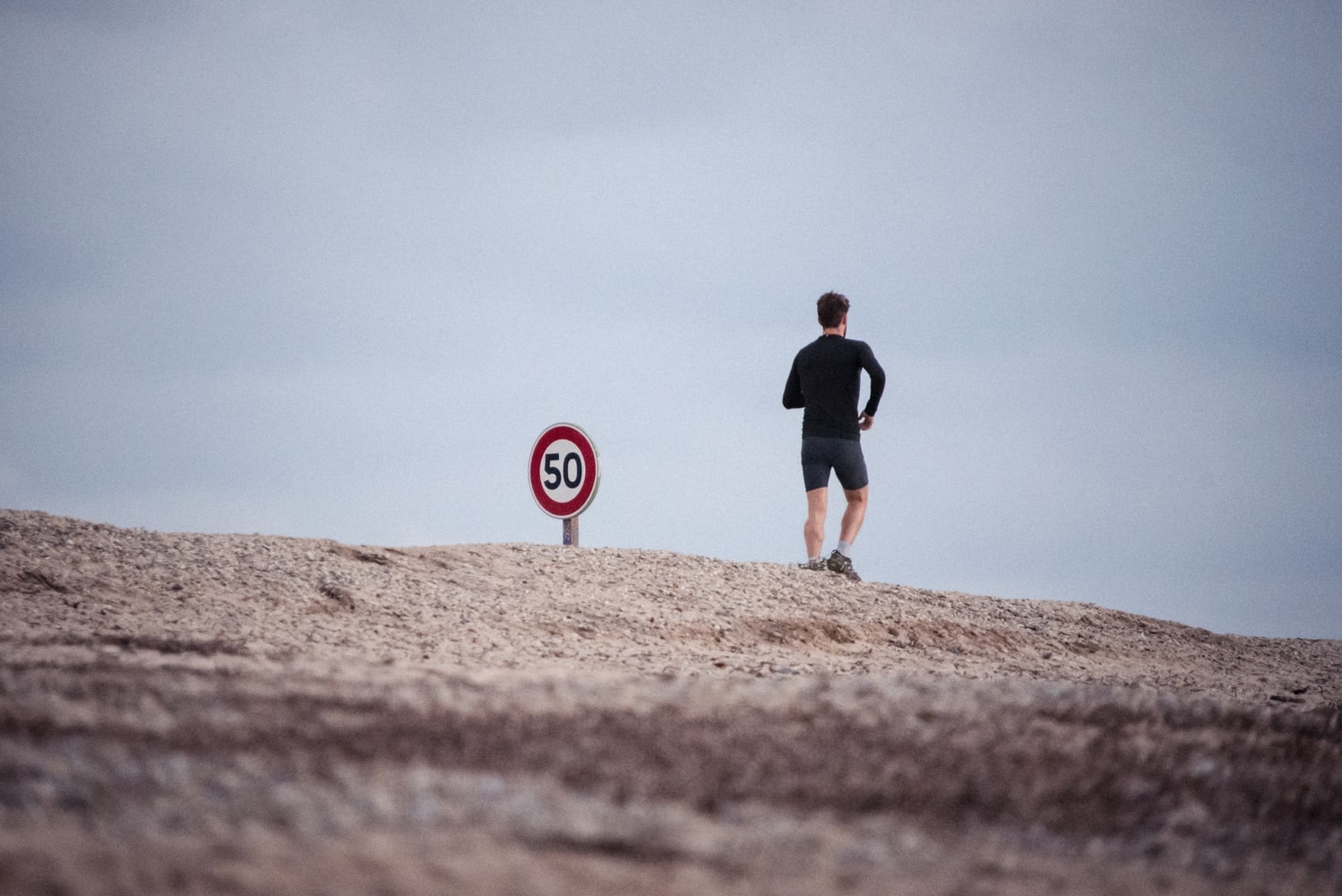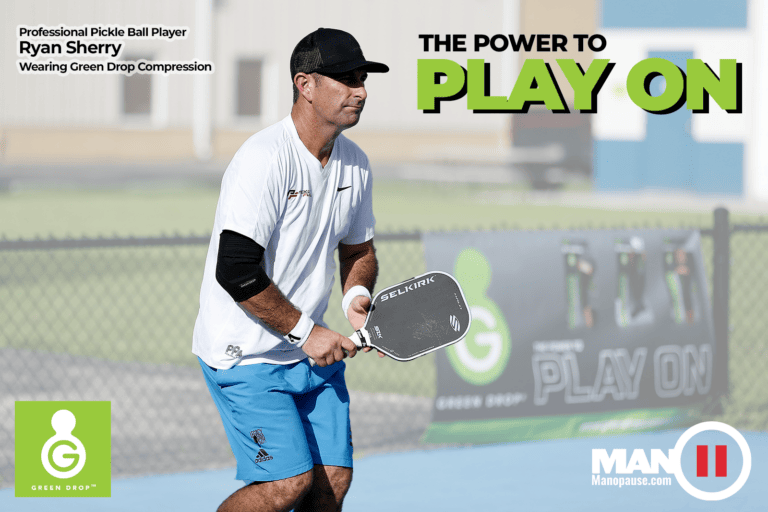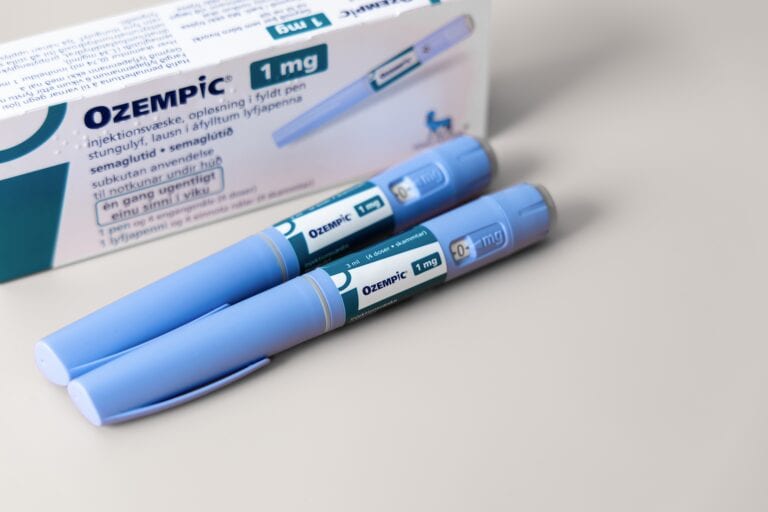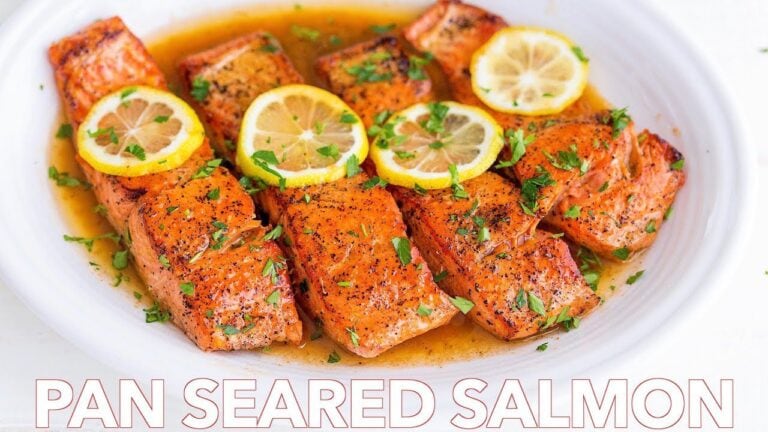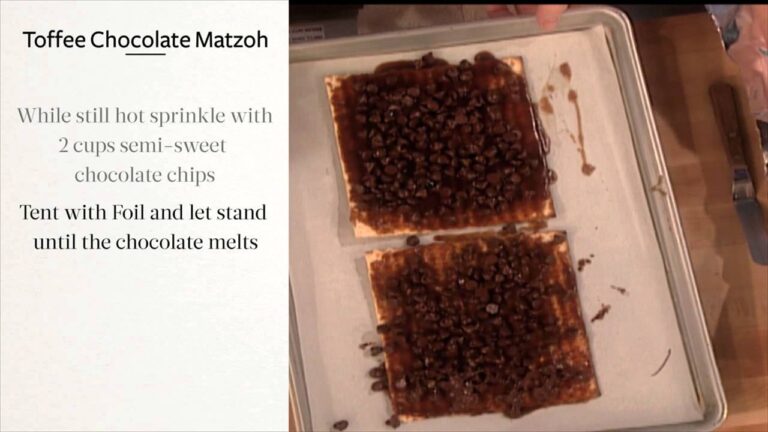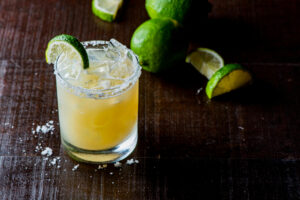If your McMansion is equipped with quarters and a pair of live-in maids, or if you’re married to the perfect Stepford wife and don’t have a clue where the laundry room is, you can stop reading now. The following will not apply to you and the rest of us don’t want to know about your elevated social status.
Table of Contents
ToggleAs for the rest of us…
If you are like the rest of male humanity, you either need to help with the laundry or if you live alone, do it yourself. I don’t know about you, but whether I’ve had help or had to go it alone, laundry day is never a high point of my week. There’s got to be a better way! Snap your fingers and it’s done? Say a little prayer and it’s done? Beg the laundry gods and it’s done? Nope. No such luck. Since we are all guys and haven’t found the right magic words just yet, here’s a crib sheet of laundry stuff you need to know as an expert.
Novice Laundry Facts
Dryers are all about the same – a horizontal drum that blows hot air to dry the clothes as they tumble. The only thing to know is to keep the temperature low within the range for your clothes. Check the clothing labels. When in doubt, cooler is better – it just takes a little longer. Always clean the lint filter before each drying load for efficiency and safety – dryer lint will burn! And no one needs a fire in addition to the hell we already experience on laundry day!
Washers are either top load or front load. The top loader has a vertical tub that you load from the top, (duh,) and the front loader is like the dryer with a horizontal drum and door in the front. The front loader uses much less water and energy. It also spins your clothes faster to squeeze out more water so it takes less time and energy for the dryer to dry them (I’m saving money on my electric bill just thinking about this). Most of the time, the dryer can keep up with a front load washer. The newest top load washers are also much more efficient than the ones from my youth. Get one without an agitator (the weird thing in the middle) as the new ones use a mostly smooth impeller plate on the bottom that does the same thing. Way back, most of the water in a top loader did nothing but keep the clothes suspended. The new top loaders work around this and use the absolute least water they can get by with. Look for HE (for high efficiency) for better cleaning, water conservation, and energy efficiency. All of the modern front loaders are HE’s. Use only detergent that says HE. If you put in the regular stuff, you’ll have suds of biblical proportions. One last thing, on a top loader leave the lid up when you finish to let it dry out. On the front loaders, leave the door open at least until the dryer finishes so it too can dry out. Leave water inside and you’ll get mold. If you do, there is stuff you can put in to kill off the mold such as Affresh Washer Cleaner – but leave the door open!
If you did your own laundry in college or whatever, you probably already knew all of that. But – now let’s head to laundry graduate school.
Intermediate Laundry Facts
We’ll start with water. Say you’ve been to the beach. The wash water flushes out the liquid salt water. Any dried salt is dissolved and then also flushed out. The sand and other small particulates are shaken loose from the fabric by the agitation of the water and also flushed out. That’s why they used to beat clothes on rocks by a stream.
Cold vs. hot water. The more energy in the water molecules (hotter) the better they can clean. Some things that are insoluble in cold water, will come out in hot. However, hot water is more damaging to your clothing and can lead to shrinkage. Use the coldest water you can get by with. The modern laundry cleaning products will do a good job in cold water, so always try that first.
Laundry soap. There’s a problem – water beads up because of surface tension (the water molecules stick to each other) which prevents it from getting to tiny little pieces of dirt embedded in the fabric. If the water can’t touch them it can’t flush them out. That’s where soap comes in. Soap is a surfactant. That’s the fancy word for saying it breaks down the surface tension of the water (knocks the water molecules loose from each other) so it can get into small spaces to get to the dirt.
Soap vs. detergent. Most laundry soaps today are both soaps and detergents. Water and oil/grease/organics don’t mix. Water can’t dissolve oily stuff. A detergent is a molecule with both a hydrophilic (water loving) end and a hydrophobic (water hating) end. The hydrophobic end latches onto any oily stuff while the hydrophilic end grabs the nearest water molecule making an emulsion. When the water is flushed out, the detergent drags the oil out with it.
For tough stains. For stains that detergent and water can’t get out, like long chain polymers (blood, etc.) enzymes are used to break down the problem stuff to small chunks that the detergent can grab. Most laundry detergents include these. There are some specialized stain removers for pre-treating tough stains (blood) that you can buy separately.
Bleach. if you can’t get whatever out, at least you can hide it. Bleach takes the color out of things. This works well on white stuff. There are a few that are advertised as “color safe” but from my chemistry background, I don’t trust any of them. The same process that takes the color out of the stain is very likely to take the color out of the fabric. Use with caution – particularly if the item belongs to those of the female persuasion – there will be hell to pay.
What’s a brightener anyway? Most cleaners also have “brighteners.” This is actually two different processes. Back in my grandmothers’ day they used “bluing” to brighten whites. White to our eyes is a mixture of the entire solar spectrum. After enough exposure to the sun, the blue part of the “white” is bleached out leaving the white a dingy yellowish color. The bluing was a dye that dyed the fabric slightly to add back in the missing blue part and hence make it white again. You may have noticed the second type of whiteners if you’ve been around black lights. A white T-shirt will glow with a blue-ish white color. What is happening is that the brightener stays in the clothing, then when exposed to light, it fluoresces slightly blue and adds back the blue to make the fabric appear white. It’s still really dingy yellow, but our eyes see white.
Last are fabric softeners. During the washing process, the fibers in the fabric get beat up and clump together resulting in a harsh stiff feel. The softener binds electrostatically to the fibers and causes them to “stand up” and feel soft again. The tumbling in a dryer also does much the same. As a result, the fabric softener mostly just adds a nice smell and prevents static cling when you pull stuff from the dryer.
If you buy a new washer and dryer set, bigger capacity is better so you can wash comforters, pillows, etc. At the same time, don’t buy more than you need. That’s true of any purchase. If you do end up with one of the top of the line front loader washers, the first time you run it, grab a chair and beer to watch it through the glass door. It’ll turn one way for a while – then stop – and reverse – then speed up – and slow down – and so on until it gets to the spin cycle where it’ll whirl around like a jet engine. They truly are washing robots.


